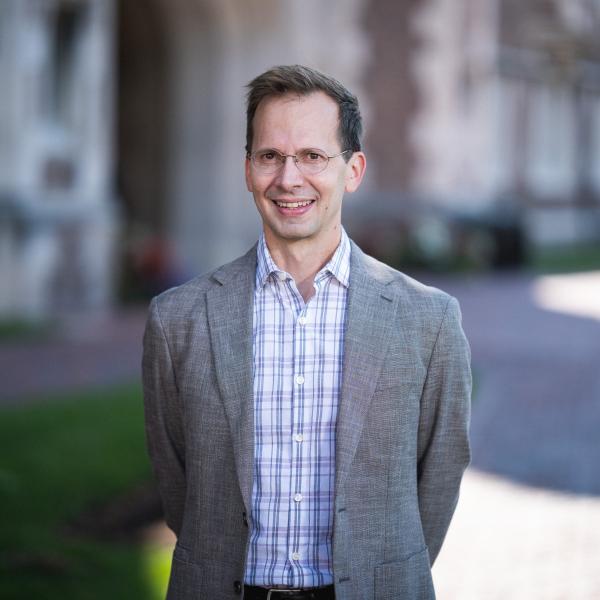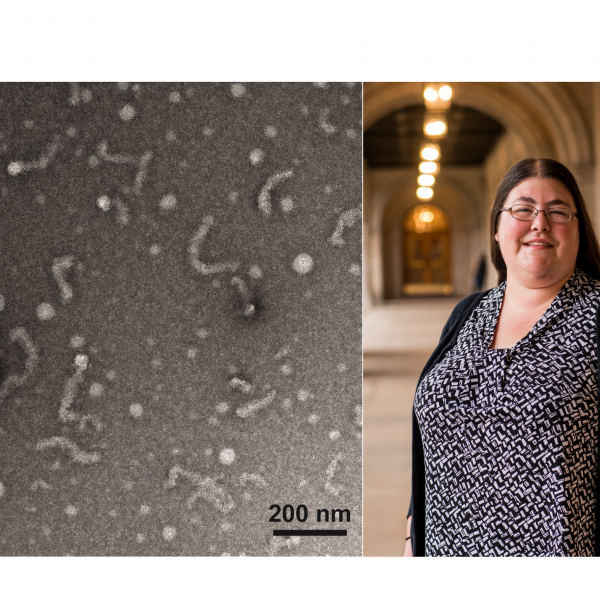Steven Frankel is not hungry. He just wants to talk about noodles.
Frankel is picturing a big bowl of noodles — and whether, and when, the noodles might loop back around on themselves — infinitely extruded, as they might be, from some sort of cosmic pasta maker.
The noodles are a simplified way for Frankel, assistant professor of mathematics in Arts & Sciences at Washington University in St. Louis, to describe a link between the geometry of a space and the dynamics of that space — how the space changes over time. It’s all part of his first solo-authored paper in the leading journal of his field, the Annals of Mathematics.
Geometrists and dynamicists tend to form two separate camps in math, but Frankel prefers to think about these things in combination. And he isn’t alone. In June 2018, he traveled to Shenzhen, China, to present some of his work as part of the International Conference on Dynamical Systems.
“You can use some of the dynamical ideas to get some insight into the geometry of a space,” Frankel said. “It gives you some way of breaking up a three-dimensional space into one-dimensional strands. And you can hope that if you can understand these one-dimensional strands, then you also understand how they fit together — to get some insight into your space.”
Picture a flow as a shallow sheet of liquid in motion. If you could identify a single molecule in that flow, and track how it moves over time, you can imagine building a kind of map that shows where the point went and when.
If instead of moving on the surface of a sheet, the flow moved across a three-dimensional space with different geometric properties, you could still build a map of a point’s location over time. But the map would would look different: The space would be filled up with strands or curves that represent the paths of each point — those noodles again.




